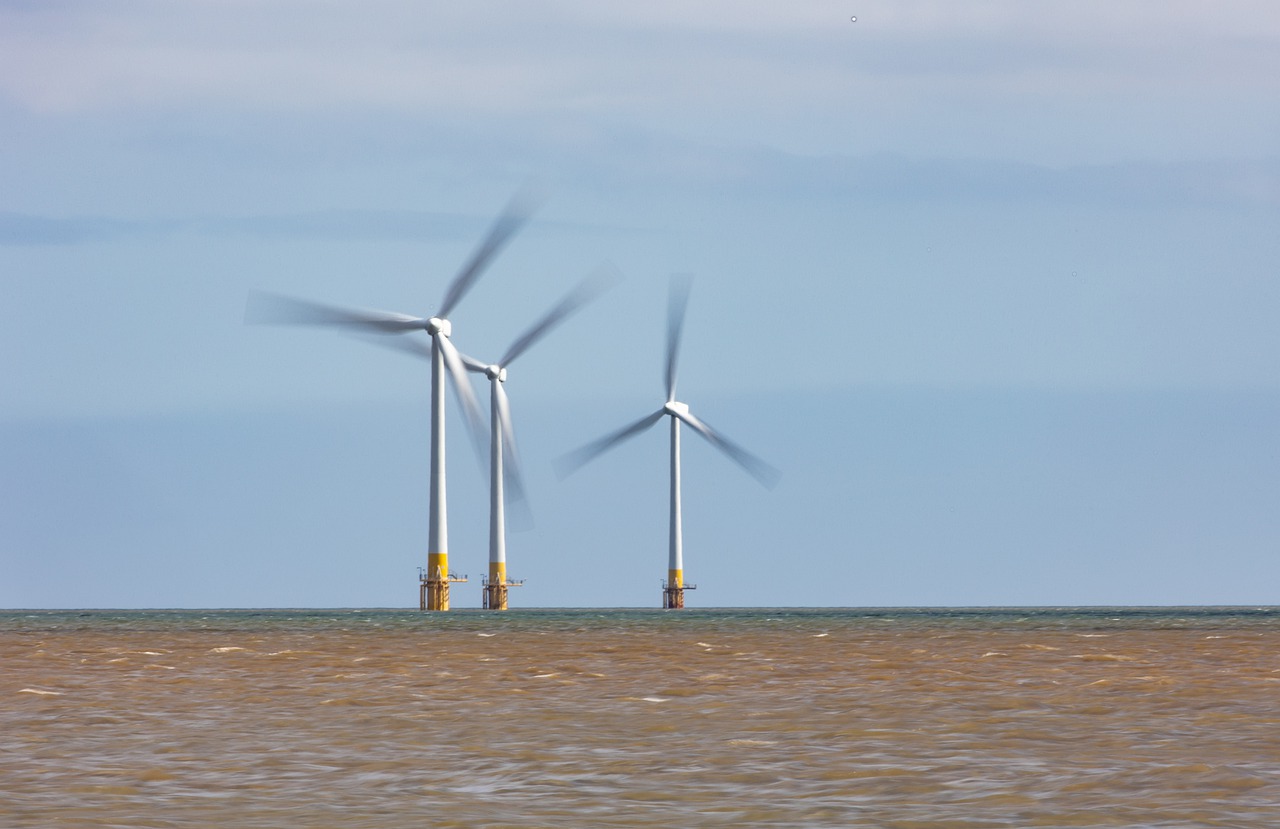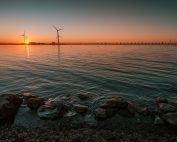Increase in global electricity generation capacity of wind turbines is on track to accelerate in the coming years. Experts of the International Energy Agency forecast record growth of RES in the world. Total offshore wind capacity is projected to more than triple by 2026.
Despite the rising costs of key materials used in the production of RES plants, 290 GW is projected to arrive in 2021. By 2026, the global installed capacity in RES will increase by more than 60 percent in comparison to the 2020 level, i.e. to more than 4,800 GW. Renewable sources are expected to account for almost 95 percent of increase in global energy capacity by 2026.
11 GW of offshore wind power to arrive in 2021
Total offshore wind capacity is projected to more than triple by 2026. By then, offshore wind is expected to account for one-fifth of the global wind energy market, which will be a milestone. Global offshore wind capacity additions will reach 21 GW in 2026, driven by rapid expansion into new markets outside Europe (UK, Germany, Belgium, Denmark and the Netherlands) and China. The result includes large-scale deployable projects to be implemented in the United States, Chinese Taipei, Korea, Vietnam and Japan.
According to the report, the offshore wind market will accelerate in 2021, with installed capacity reaching 11 GW, almost double of last year’s figure. Tren is driven by expansion in China as developers rush to secure projects with expiring domestic subsidies.
The total installed offshore wind capacity is expected to more than triple to nearly 120 GW by 2026. The share of offshore capacity in total annual wind power additions will reach more than 20 percent at its peak, compared to 5 percent in 2020. However, faster offshore and onshore grid expansion in the UK and EU, rapid cost reductions, strong provincial-level policies in China, and the early commissioning of a large offshore wind project (30 GW by 2030) in the US, could push cumulative global offshore wind capacity to 134 GW in 2026 under an accelerated scenario.
The problem is the price of raw materials and transport
IEA experts indicate that record growth in RES will be recorded despite currently high commodity and transportation prices. However, if commodity prices remain high until the end of 2022, the cost of investing in wind power will return to levels last seen in 2015.
Governments can further accelerate the development of renewables by addressing key barriers such as permitting and grid integration problems, public acceptance issues, inconsistent policy approaches, and insufficient remuneration of RES workers. The high cost of financing in developing countries is also a major obstacle.














